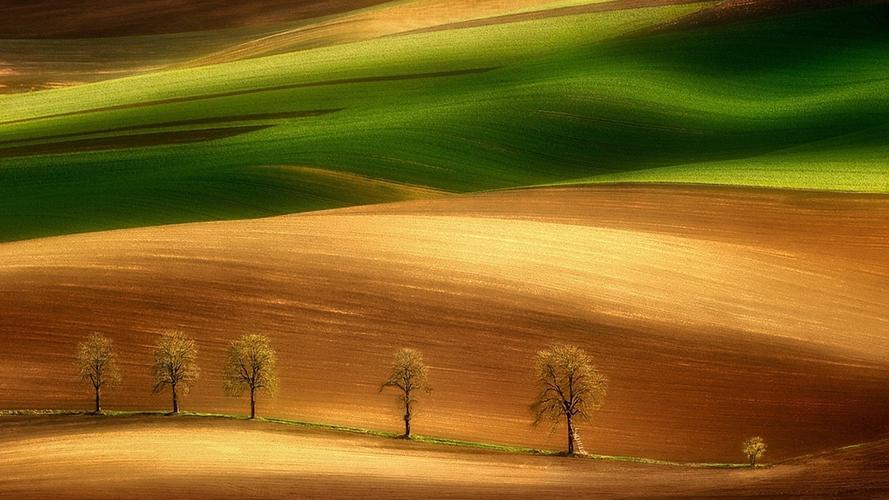Natural wonders form an integral part of our planet’s heritage. They play a key role in fostering biodiversity, preserving ecological balance, and providing us with the resources we need to survive. In recognition of the importance of these natural wonders, UNESCO has been designating World Heritage Sites since the 1970s. These sites are selected based on their outstanding universal value and the need to protect them from damage or destruction.
Every year, UNESCO adds new sites to the World Heritage List. And despite the challenges of 2020, several sites were added, with their designation being announced on 24th of July, 2020. Let’s take a closer look at some of these sites.
First up is the Dja Faunal Reserve in Cameroon. This site has been recognized for its biodiversity, which includes over 100 species of mammals, 300 species of birds, and 1,600 species of plants. It is also home to several endangered species, such as chimpanzees and gorillas. The reserve is a vital ecological corridor that connects several protected areas, making it even more important for preserving the region’s unique biodiversity.
Another new addition is the Zaragoza Bridge Pavilion in Spain. The site is known for its innovative architecture, which blends with the natural landscape. The bridge also serves as an important cultural space, hosting exhibitions, concerts, and other events. The Zaragoza Bridge Pavilion highlights the importance of balancing human development with the need to preserve natural wonders.
The Kakatiya Rudreshwara (Ramappa) Temple in India is also a new World Heritage Site. It is a testament to the rich cultural heritage of the Kakatiya dynasty, showcasing the innovative techniques used in temple architecture in the 13th century. The temple’s unique architectural style includes intricate carvings, beautiful sculptures, and a distinct style of dance called the Perini Sivatandavam. It is also one of the few temples in India to have retained its original structure over the centuries.
The Salonga National Park in the Democratic Republic of Congo is a new World Heritage Site that covers an area of over 3.6 million hectares. It is the largest pristine forest in Africa, and home to several endangered species, such as the bonobo, the forest elephant, and the Congo peafowl. The site is of immense ecological importance, serving as a carbon sink and a crucial habitat for many species.
Lastly, the Colonies of Benevolence in Belgium and the Netherlands have also been added to the World Heritage List. These colonies were established in the 19th century to provide care and education to vulnerable groups such as the mentally ill and paupers. The colonies were designed with the principles of hygiene, education, and work as guiding principles. They serve as an important reminder of our responsibility to take care of the disadvantaged and marginalized sections of society.
In conclusion, the addition of these sites underscores the importance of preserving our natural and cultural heritage. Each of these sites showcases the diversity and richness of our planet’s ecosystems and cultures. Their inclusion on the World Heritage List is a call to action for us to do our part in protecting them for future generations.
(Note: Do you have knowledge or insights to share? Unlock new opportunities and expand your reach by joining our authors team. Click Registration to join us and share your expertise with our readers.)
